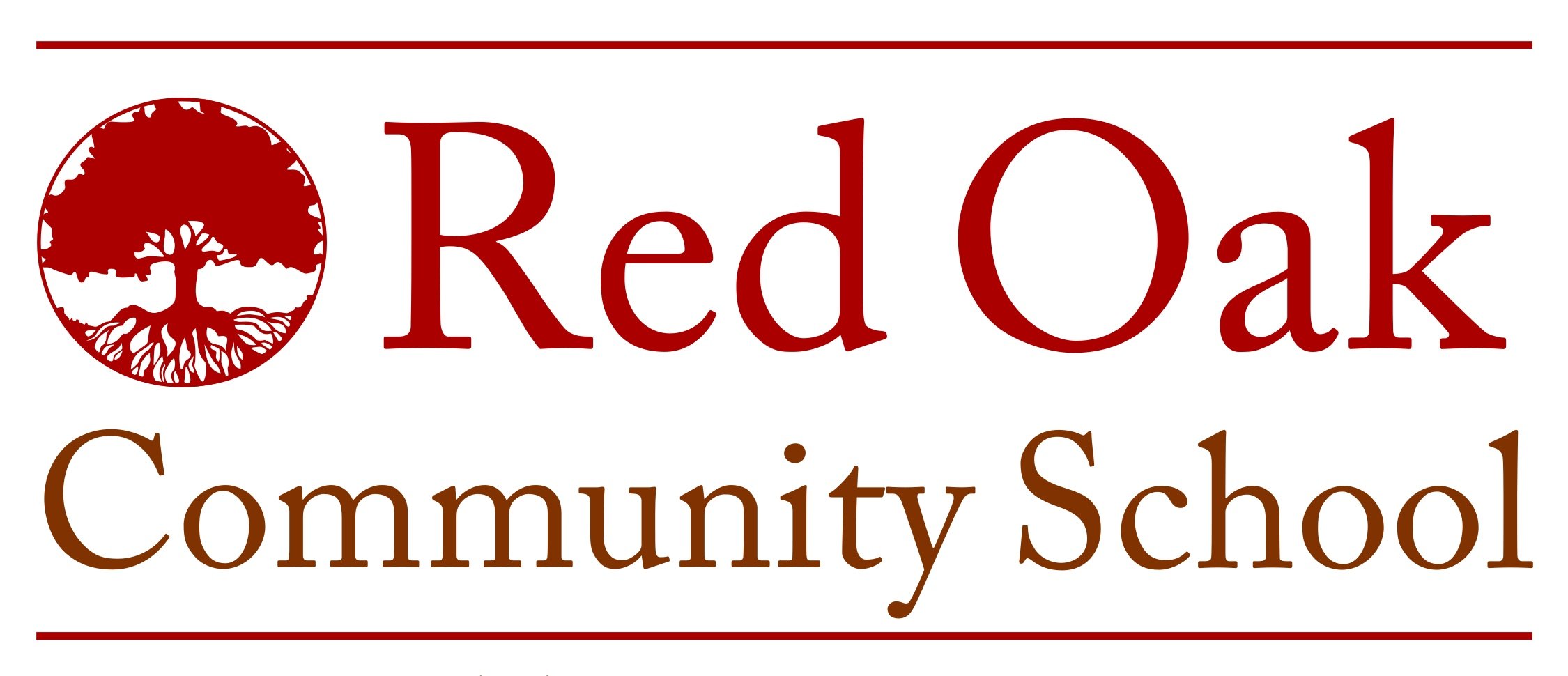Reading Beyond the Thanksgiving Myth
A contribution from Maureen Alley
- ROCS Language Arts and Social Studies Educators
Each year as November approaches, I get my classroom book collection ready for Native American Heritage Month. I make my selections to support three essential understandings.
First, Native Americans in the US, First Nations people in Canada, and Indigenous people all over the world are part of our contemporary societies. Because they often learn about Native cultures in the past tense, a shocking number of school-aged children believe that Native nations and people are relegated to the past. This is known as a terminal narrative, and there are ways to fight against it.
With the books I share with my classes, I try to make sure that for every one book about Native American history, I have three books featuring contemporary Native stories. I recommend students continue learning at home with shows like PBS’s Molly of Denali that showcase contemporary Alaska Native life and culture. And perhaps most simply, I emphasize in my lessons-- over and over-- that Indigenous people live in houses like ours, apartments like ours, cities like ours, go to schools like ours, eat foods like ours. Now, today, still.
The second essential understanding we focus on at Red Oak is the fact that the term Native American is a catch-all. In other words, it is an umbrella term used to cover a variety of cultures and languages that are stunning in their breadth and depth. For example, there are 562 tribes in what is now called the United States, with approximately 175 spoken languages. This year we’ll be focusing on the Haudenosaunee Confederacy, the Mashpee Wampanoag Tribe, The Navajo Nation, and The Great Sioux Nation.
The third essential understanding we examine is that while there was a meal shared between colonizers and Wampanoag people in 1621, it was not The First Thanksgiving. We’ll explore the Thanksgiving Myth and how it came to be while recognizing that Indigenous people have been celebrating harvests and giving thanks for millenia. This year, the older students will also learn about Unthanksgiving and the 50th National Day of Mourning.
We all have a responsibility for amplifying Indigenous voices. As a settler, I’m very aware that everything I teach comes through the lens of my (white) privilege. To that end, I pay careful attention to the sources of the materials I use and work to ensure that the books I share in my classroom are written by Native writers. Dr. Debbie Reese (Nambe Pueblo) of American Indians in Children’s Literature is an invaluable resource. Her list of Best Books is a touchstone for me when I’m curating my book collections.
Simon Moya-Smith (Oglala Lakota Nation) lays out in bare terms 100 ways we can change our language and habits to better support Native people in our lives. Her list includes facts about Native people as well as things to say and not to say in order to be an ally to Native Americans. The one hundredth item on the list reads, “The title of this list could also be, ‘100 Basic Ways to be a Decent Human.’ So, please just be a decent human being. Don’t be an ass.”
Another way to support Indigenous people in a very tangible way is to pay reparations to those who are still struggling to navigate a society organized around colonization. Only 14% of Native Americans hold college degrees. Consider supporting the national effort as part of your year-end giving by donating to the National American Indian College Fund, or you can keep your dollars local and support the OSU Office of Diversity and Inclusion.
Whatever your fall celebration looks like this year, I know our students will have valuable contributions to share during dinnertime discussions!




